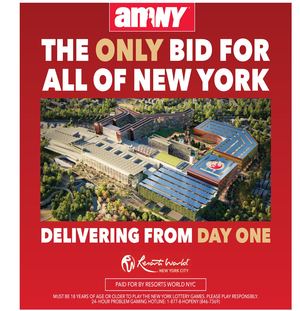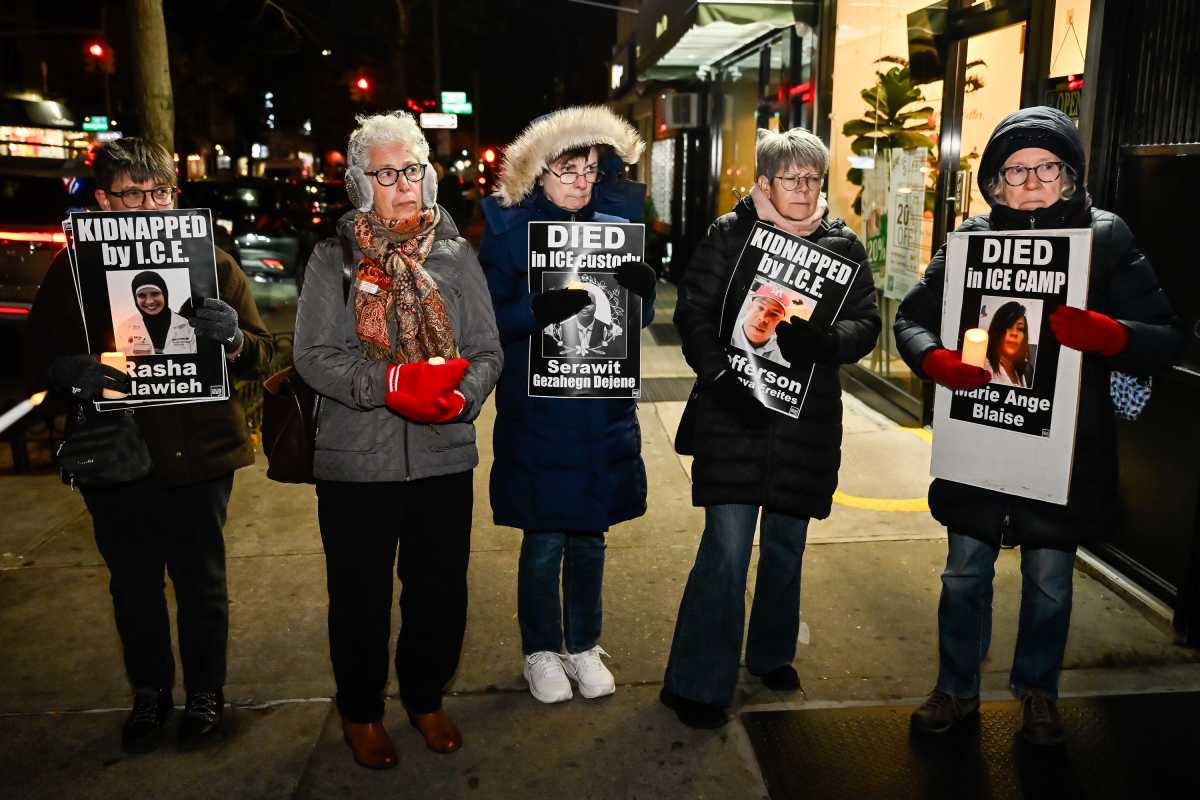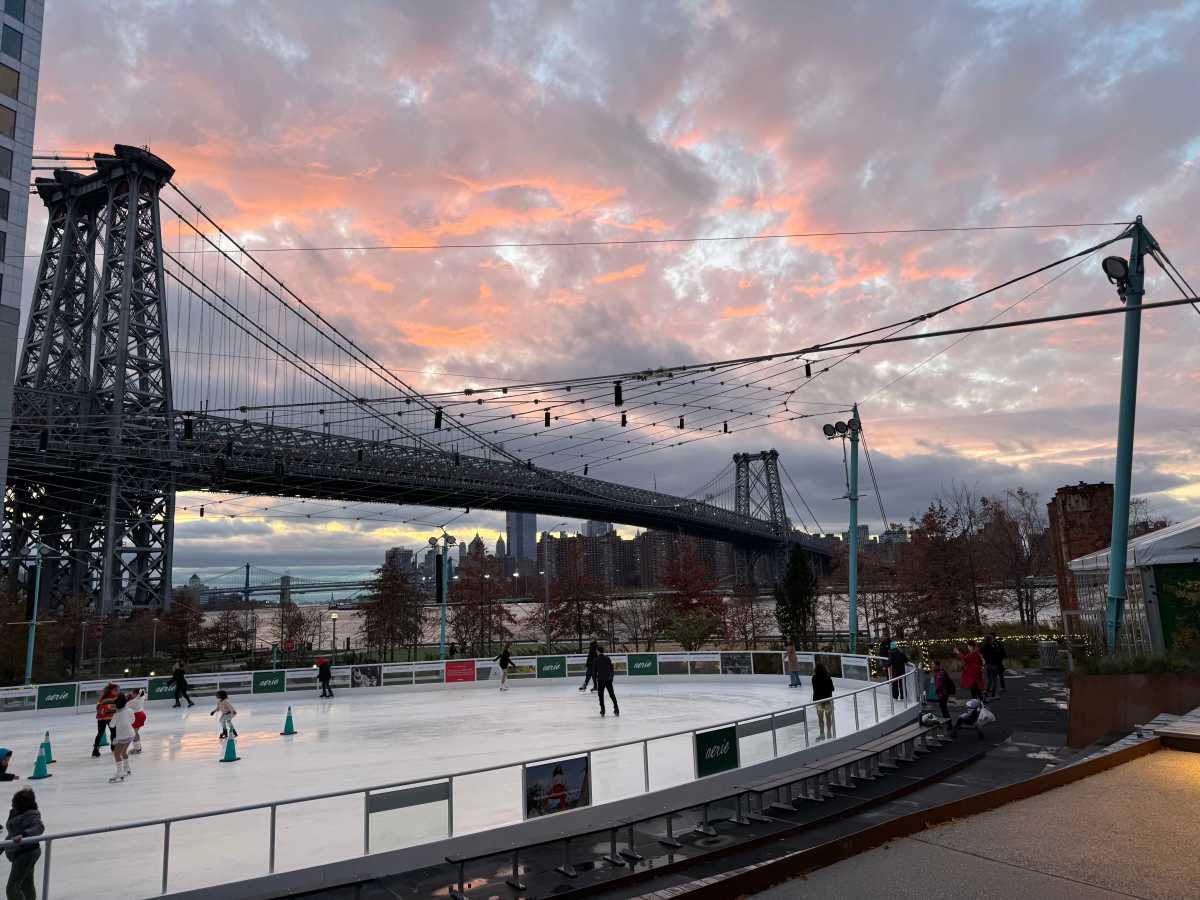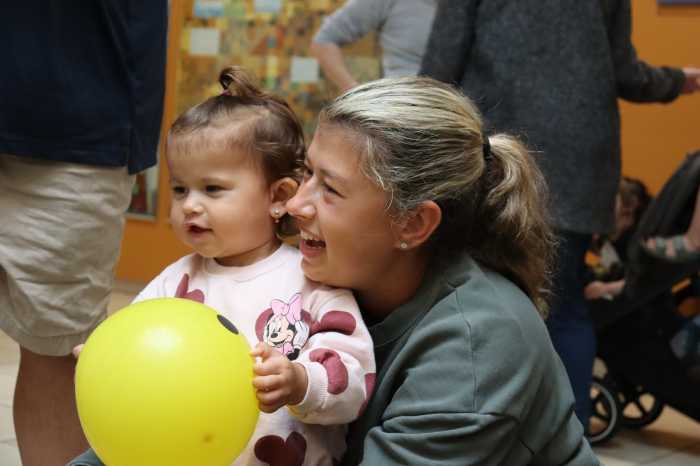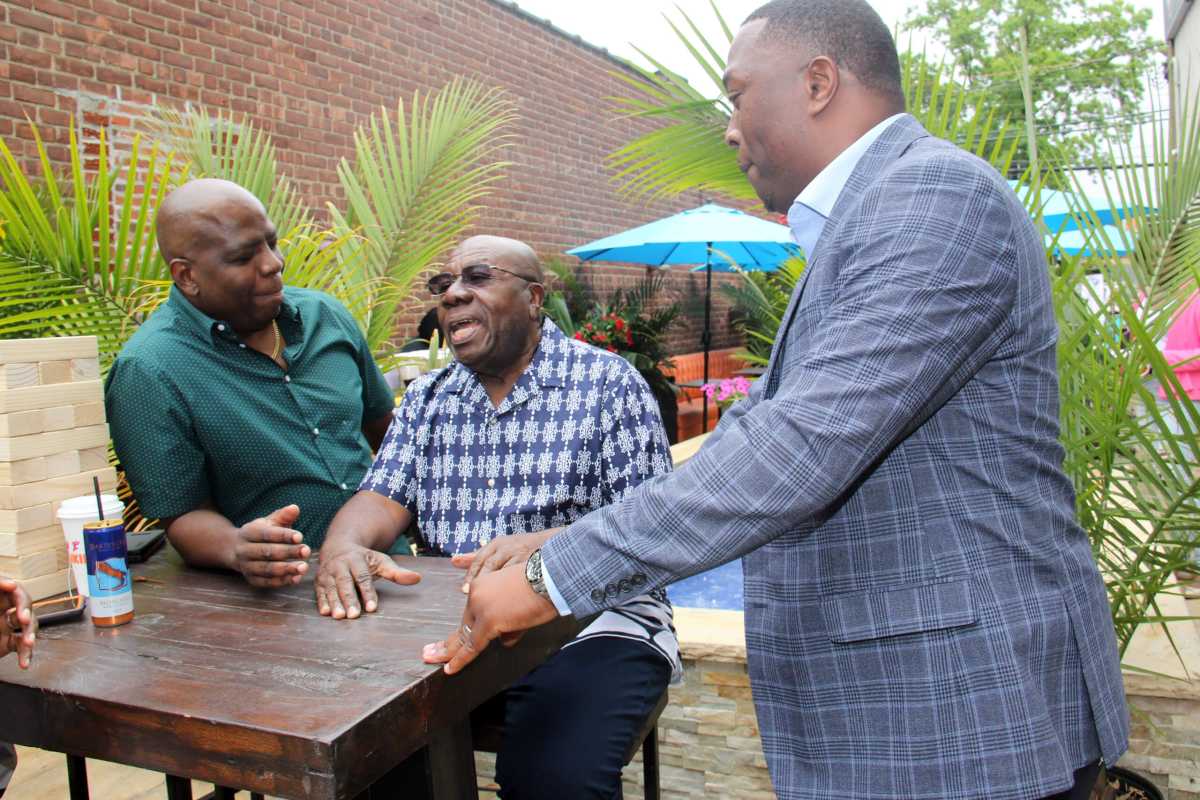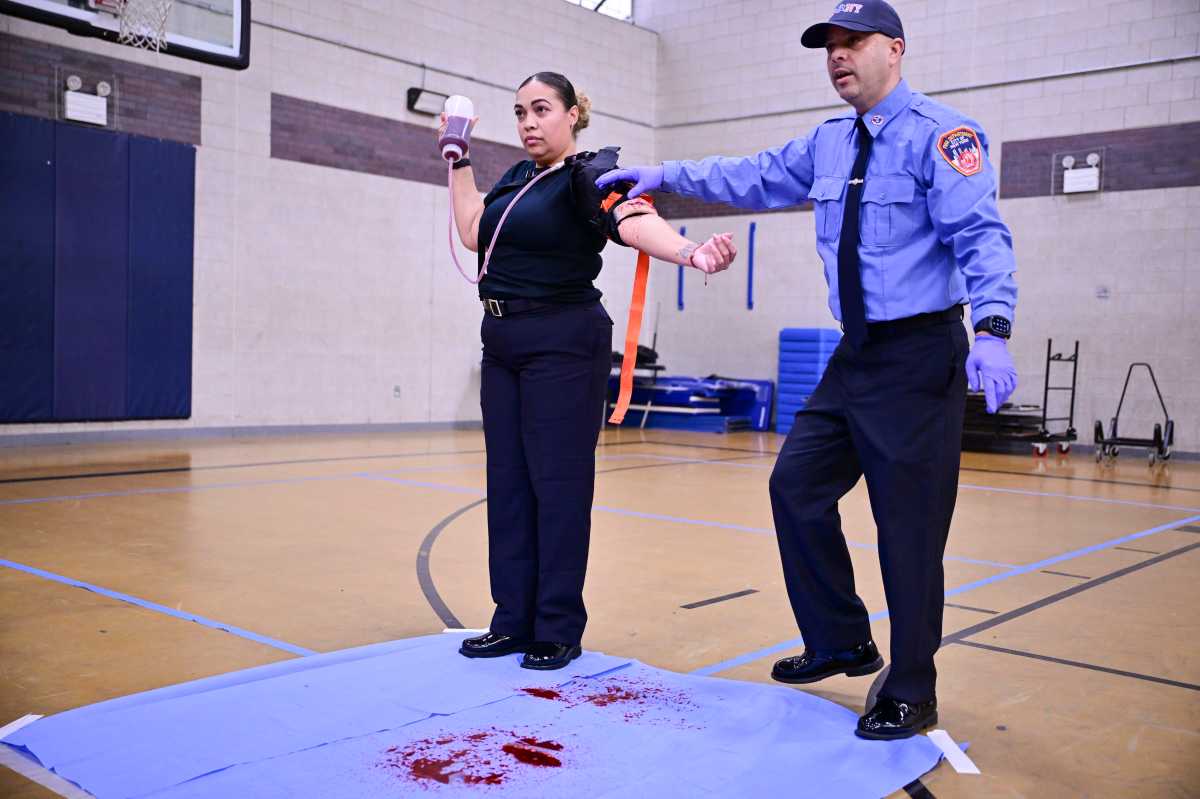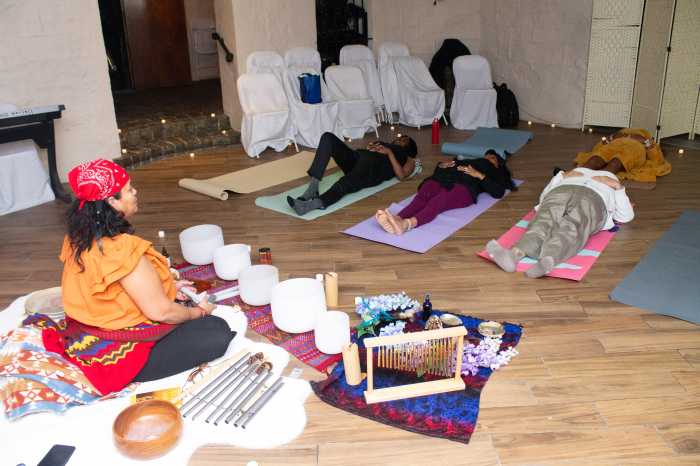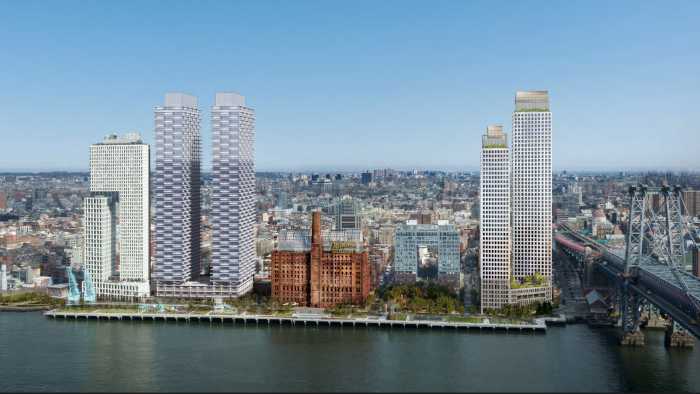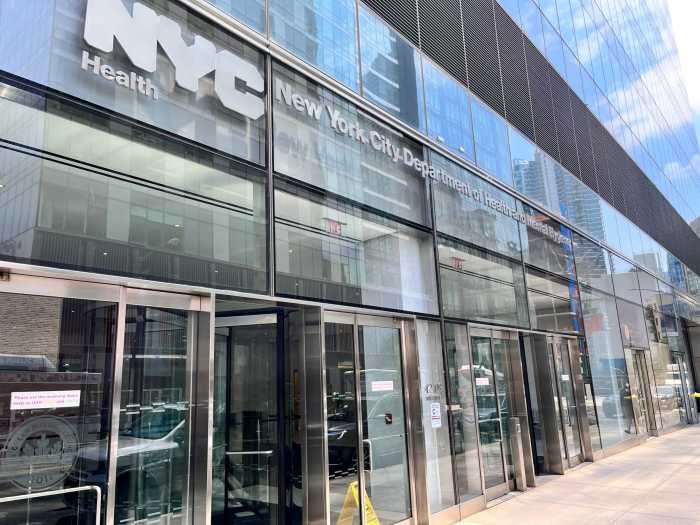Farming in Brooklyn has come full circle. Obviously, the first people here more than 350 years ago worked the land, and now a new generation of dwellers are doing it, too. Only this time, they are growing food in land wedged between concrete and buildings, infrastructure and roads and and even on top of buildings.
It’s a return to the land, but not to land that’s uncharted. In urban areas, back to the land means claiming what is left. And that action, finding and utilizing open space, has defined urban agriculture in Brooklyn and across New York City.
And while on one hand, the recent explosion of interest in urban agriculture follows trends in healthy eating, even some experts are shocked by it.
John M. Ameroso is one of the pioneers of the movement in Brooklyn.
“We were trying to say for a long time you can utilize the space we have,” he said. “[And now] every time I’m at Added Value (farm in Red Hook), there’s people who show up and they say they want to get involved.”
As the first employee in the Cornell Cooperative Extension-run USDA urban gardening program, Ameroso organized and helped establish community gardening projects all over the borough.
Some of the original gardens:
Magnolia Tree Earth Center, Herbert Von King Park, Bedford-Stuyvesant
South Portland Garden, Fort Greene
Bergen Street Garden, Boerum Hill
Amboy Neighborhood Garden, Brownsville
Eventually, the program had a coordinator in every borough.
In the late 70s and early 80s, while growing food was the mission, the gardens and greenspaces actually served as a way to strengthen the communities the gardens were in.
“In reality…these community gardens were more so there to bring the community together,” said Ameroso. “It was a way to bring people out of their houses, to bind people together. Lots would be filled with trash, but you make a gardens and all of a sudden you have people talking together.”
A changing mission
In the late 80s and early 90s, as more people became interested in nutritious, local food, the focus of the gardens began to shift toward farming, or growing food for consumption and sale.
“I changed my focus to producing good food, and realized we could produce a lot of food in small places,” said Ameroso.
More groups gotting involved in community gardening, farmer’s markets and farming in Brooklyn in the following years. Just Food arrived on the scene in 1995, helping to run community-based Farmer’s Markets and CSA (community supported agriculture) programs. Just Food also started their City Farms program, which trains and connects New York gardeners and farmers so that they can be empowered to grow healthy food in their communities. The program still exists today.
In 1998, East New York Farms! was founded. The organization was launched out of a community need to organize the large number of community gardeners and youth in the economically depressed neighborhood. And there were many gardens in East New York: at the time there were 65 community gardens in the neighborhood, more than in any other part of the city.
The mission was to assist and organize the gardeners working there already as well as recruit and inspire the new generation. East New York Farms! helped its members launch Farmer’s Markets so they could sell the vegetables they grew, as well as some produce from farms outside the city.
According to David Vigil, project director at East New York Farms!, while the organization thinks of itself as more of a “community building/ social justice” operation than a commercial farming one, they distribute a “significant” amount of nutritious food and their vendors and farmers make a profit off the food they grow and sell.
Commercial farms
The idea of utilizing space for gardening and farming took a revolutionary turn when Ben Flanner first began farming on a rooftop in Greenpoint in 2009.
The Wisonsin native had been doing some farming projects and then, with the help of a green roof company, he started the Eagle Street Rooftop Farm, which was the first green rooftop that was a fully functioning farm. (Disclosure: this reporter is friendly with Flanner.)
In 2010, Flanner, along with some partners from Roberta’s restaurant in Bushwick, opened the Brooklyn Grange farm, a commercial farm that grows a wide variety of produce and keeps chickens on rooftops in Long Island City and the Brooklyn Navy Yard.
Flanner, a former engineer, said he saw an opportunity in urban agriculture.
“We saw the potential of open space in the city that could be activated for farms,” he said. “Our core mission from the start was to grow and sell vegetables.”
In 2011, the Urban Design Lab at Columbia University released a report, “The Potential for Urban Agriculture in New York City.” It too, saw urban agriculture as a potential solution.
Flanner said another reason he took to farming was because he felt a desire to connect with nature, but didn’t want to leave the city.
“Urban agriculture projects are so well supported by the community,” he said. “People want to know how to grow … and it’s important we have that connection.”
The Brooklyn Grange is not the only commercial farm in Brooklyn. Others include Eagle Street, Gotham Greens which operate a hydroponic farm on the roof of the Gowanus Whole Foods, and a planned rooftop farm in Sunset Park by the company Bright Farms that has yet to be completed.
What next?
The recent surge in enthusiasm about urban farming is more than surprising to Ameroso, who’s been involved in urban agriculture for longer than some young Brooklyn farmers have been alive.
“I’m baffled, I am completely baffled,” he said. “I look at this and go ‘Holy!’ I would never have imagined.”
But the interest in local food and knowing the provenence of what you eat just continues to rise. Take, for example, the growth of food businesses like Good Eggs, which is like Fresh Direct but only stocks local produce and products, and plans to expand from Brooklyn and into other borough’s next year.
The same goes for urban farms. Flanner said the Grange was advising some developments on how to install green roofs wisely.
“We see every day more and more interest in rooftop farms,” said Flanner. “And we’re also seeing a lot more interest coming up from development and construction projects.”
For East New York Farms!, the future poses some challenges. As an organization, they wonder if the green spaces they have now will eventually be eyed for development.
“A lot of developers are starting to look at East New York for development,” Vigil said.
They are also seeing some of their gardeners begin to age, and are working hard now to make sure the youth in the area are motivated to take over.
“Community gardens are only as strong as their membership, that’s a big effort for us,” he said.
But the goal of everyone involved in farming in urban areas is virtually the same: to bring more agriculture to the city. And the more involved, the better.
Where to buy grown-in-Brooklyn produce:
The Brooklyn Grange produce is sold through a CSA, at two Farmer’s Markets as well as in some specialty shops. It is also used in some of the top restaurant kitchens in the city. Click here for more.
East New York Farms! sells produce through a CSA and at two Farmer’s Markets. Click here for more.
The Youth Farm at the High School for Public Service in Crown Heights has a CSA and a Farmer’s Market. Some of their produce is also used in Brooklyn restaurants. Click here for more.
